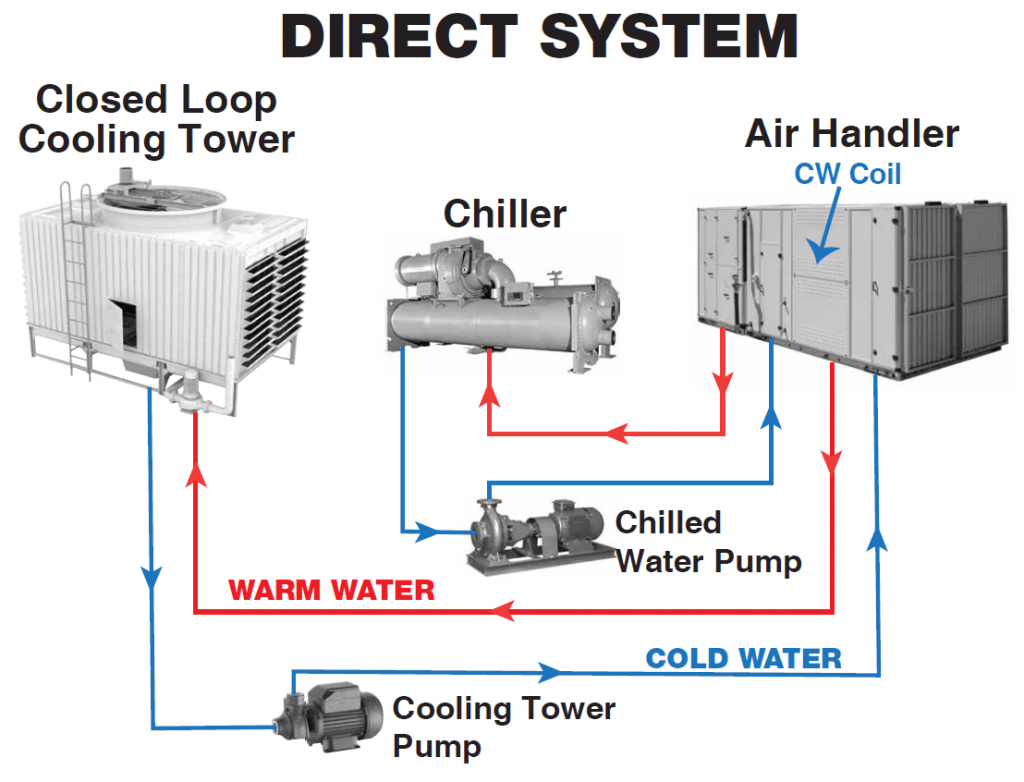Cooling air towers are essential components in various industries, providing an effective solution for heat management in numerous applications. Whether in manufacturing plants, data centers, or other facilities, these towers play a critical role in maintaining optimal temperature levels. In this comprehensive guide, we will explore the workings of cooling air towers, their types, benefits, and applications, ensuring you have all the information you need to make informed decisions.
As industries continue to evolve, the demand for efficient cooling solutions rises. Cooling air towers stand out due to their ability to manage heat effectively while being environmentally friendly. In this article, we will delve into the intricacies of cooling air towers, examining their design, functionality, and advantages. Stay tuned as we unlock the potential of this innovative technology.
From understanding the basic principles behind cooling air towers to exploring their various applications, this guide is tailored to provide you with the expertise needed to navigate this topic. By the end of this article, you will have a comprehensive understanding of cooling air towers and their importance in today's industrial landscape.
Table of Contents
- What Are Cooling Air Towers?
- How Cooling Air Towers Work
- Types of Cooling Air Towers
- Benefits of Cooling Air Towers
- Applications of Cooling Air Towers
- Factors to Consider When Choosing a Cooling Air Tower
- Maintenance of Cooling Air Towers
- Future of Cooling Air Towers
What Are Cooling Air Towers?
Cooling air towers, also known as cooling towers, are heat rejection devices that expel waste heat to the atmosphere through the cooling of a water stream to a lower temperature. They are crucial in processes where heat dissipation is necessary, such as power generation, industrial processes, and air conditioning systems.
Key Features of Cooling Air Towers
- Heat Exchange Efficiency: Designed to maximize heat transfer.
- Energy Efficiency: Reduce energy consumption through optimized designs.
- Durability: Constructed to withstand harsh environmental conditions.
How Cooling Air Towers Work
The operation of cooling air towers is based on the principles of thermodynamics. The process begins with warm water being pumped into the tower, where it is distributed over fill media. This media increases the surface area for heat exchange, allowing the warm water to come in contact with the cooler air drawn into the tower.
As the warm water descends through the fill, it evaporates, taking away heat and cooling the remaining water. The cooled water then collects in the basin at the bottom and is recirculated back into the system. The entire process is enhanced by the natural airflow created by the design of the tower.
Types of Cooling Air Towers
There are several types of cooling air towers, each designed for specific applications and environments. The main types include:
- Natural Draft Cooling Towers: Utilize natural convection to draw air through the tower.
- Mechanical Draft Cooling Towers: Use fans to enhance air circulation, available in both induced and forced draft designs.
- Crossflow Cooling Towers: Air flows horizontally across the falling water.
- Counterflow Cooling Towers: Air flows vertically upward while water flows downward.
Benefits of Cooling Air Towers
Cooling air towers offer numerous advantages, making them an ideal choice for various applications:
- Energy Efficiency: Reduces energy costs by utilizing ambient air for cooling.
- Environmental Sustainability: Lower water consumption compared to other cooling methods.
- Cost-Effective: Provides long-term savings on operational costs.
Applications of Cooling Air Towers
Cooling air towers are utilized in various industries, including:
- Power Generation
- HVAC Systems
- Pulp and Paper Industry
- Petrochemical Plants
Factors to Consider When Choosing a Cooling Air Tower
When selecting a cooling air tower, several factors need to be considered:
- Site Conditions: Space availability, environmental factors, and local regulations.
- Cooling Capacity: Required heat rejection capability for the system.
- Maintenance Requirements: Ease of access for routine maintenance and cleaning.
Maintenance of Cooling Air Towers
Proper maintenance is crucial for the efficient operation of cooling air towers. Routine tasks include:
- Regular Cleaning: Prevents fouling of heat exchange surfaces.
- Water Treatment: Controls algae and bacteria growth.
- Inspection of Components: Ensures fans, pumps, and nozzles are functioning correctly.
Future of Cooling Air Towers
The future of cooling air towers looks promising with advancements in technology, focusing on enhancing efficiency and reducing environmental impact. Innovations such as hybrid cooling systems and smart monitoring solutions are set to revolutionize the industry.
Conclusion
In summary, cooling air towers are vital for effective heat management across various industries. Their ability to provide energy-efficient and environmentally friendly cooling solutions makes them indispensable. As technology continues to evolve, the importance of understanding these systems becomes even more critical. We encourage you to share your thoughts in the comments, explore additional resources on our site, and stay informed about the latest developments in cooling technologies.
Closing Thoughts
Thank you for taking the time to read our comprehensive guide on cooling air towers. We hope this article has provided valuable insights and encourages you to return for more informative content. Stay cool!


